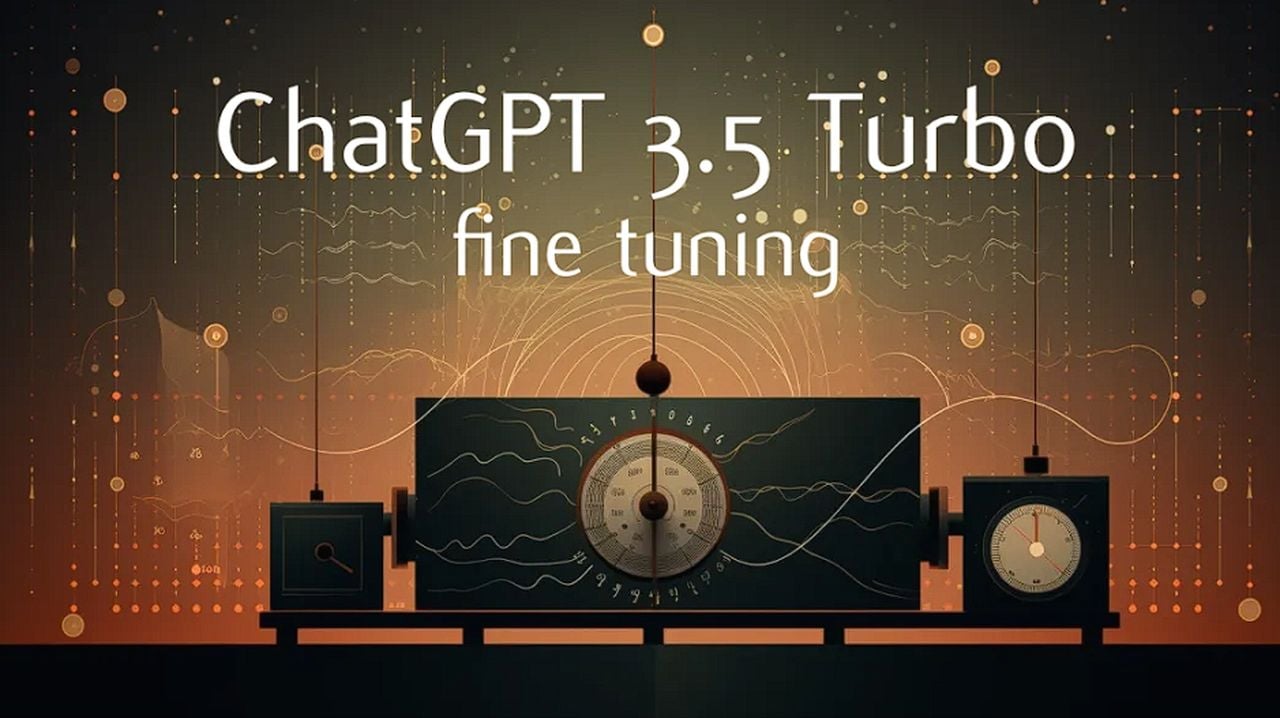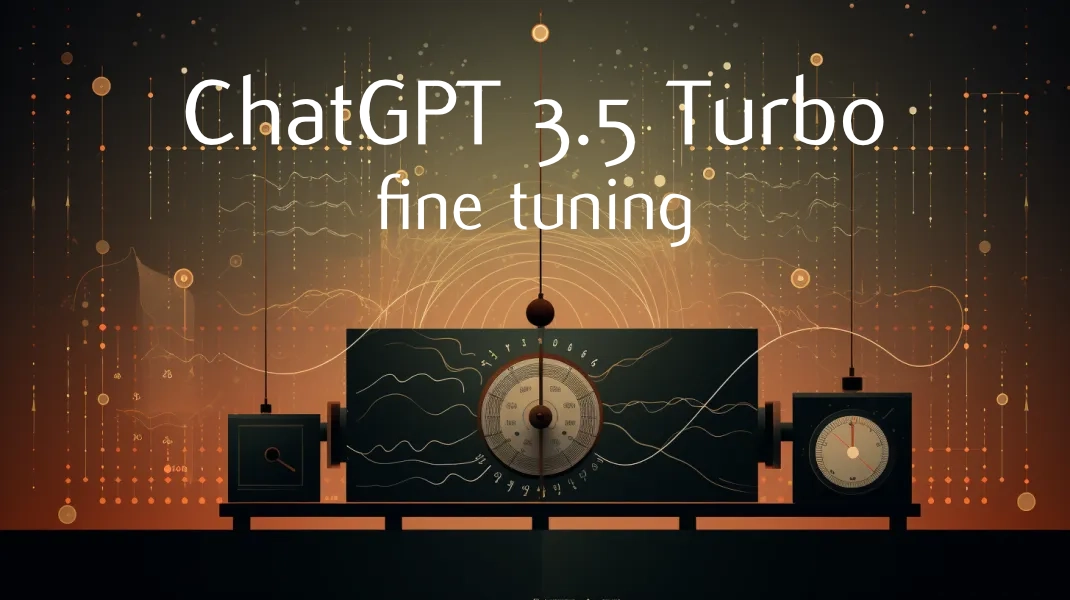
This guide is designed to show you how to fine-tune ChatGPT Models. In the ever-evolving realm of artificial intelligence, fine-tuning ChatGPT models have emerged as a crucial skill for developers aiming to tailor chatbots to specific applications. If you’re wondering how to integrate these advanced models into your custom application, including crafting a unique user interface for a chatbot, you’re in the right place. This article provides a walkthrough, mirroring the expertise shared in a detailed video by Mervin Praison which you can see below.
Understanding the Basics of Fine-Tuning ChatGPT Models
Fine-tuning ChatGPT models is more than a technical task; it’s an art. It begins with an introduction to the concept of fine-tuning. This process is significant as it allows you to customize chatbots to fit specific needs, ensuring that your chatbot doesn’t just respond but resonates with its users.
Setting Up Your Development Environment
The journey to a fine-tuned chatbot starts with setting up a virtual environment. The use of tools like Conda simplifies this process. You will be pleased to know that installing necessary packages such as OpenAI and Gradio is straightforward, paving the way for a smooth development experience.
Exporting Your OpenAI API Key
Accessing OpenAI services requires your unique API key. This step is crucial for tapping into the plethora of services offered by OpenAI. By exporting this key, you unlock the potential to bring your chatbot to life with advanced AI capabilities.
Preparing Your Fine-Tuning File
The heart of fine-tuning lies in the preparation of the fine-tuning file. This file defines the personality and style of your chatbot, possibly imbuing it with a sense of humor or other character traits. It involves setting up system, user, and assistant roles, and creating a blueprint of your chatbot’s persona.
Uploading and Initiating Fine-Tuning
Uploading this file to ChatGPT and initiating the fine-tuning process is a significant milestone. Monitoring the status of this job is made easy with the tools provided, giving you real-time insights into the development of your chatbot.
Automating the Monitoring Process
If you are keen on efficiency, you’ll appreciate the ability to automate the monitoring of the fine-tuning process. This eliminates the need for manual checks and ensures that you are always updated on the progress of your chatbot’s development.
Interacting with Your Fine-Tuned Model
Once the fine-tuning is complete, the real fun begins. Interacting with your newly created model allows you to test its responses, ask questions, and fine-tune further based on its performance.
Designing a Chatbot Interface with Gradio
Gradio comes into play when you’re ready to design a user interface for your chatbot. This tool simplifies the interface creation process, allowing for easy interaction and testing of your fine-tuned model.
Summary
Troubleshooting and Further Customization As with any technological endeavor, troubleshooting is part of the journey. The video also delves into addressing common issues such as correcting hardcoded questions and provides a sneak peek into future content on customizing the training process further.
This guide aims to equip you with the knowledge to fine-tune ChatGPT models effectively. Remember, the key to a successful chatbot lies in the details – from the personality you embed in it to the interface through which users interact. With these steps, you’re well on your way to creating a chatbot that’s not just functional but also engaging and tailored to your specific needs.
Source Mervin Praison
Filed Under: Guides
Latest timeswonderful Deals
Disclosure: Some of our articles include affiliate links. If you buy something through one of these links, timeswonderful may earn an affiliate commission. Learn about our Disclosure Policy.



